Hey there, fellow traveler! Are you ready for an adventure like no other? Well, buckle up and get ready to explore the wild wonders of two incredible states!
From the towering peaks of Glacier National Park to the vast wilderness, we’ll uncover the hidden treasures and unique experiences waiting to be discovered.
Whether you’re looking for a flatter prairie landscape or expansive and uninhabited areas, this article will help you make an informed decision based on your personal preferences.
But hold on a sec! Before we dive in, let’s address the elephant in the room – the cost. We all know that budget plays a crucial role in any travel decision.
These two states might seem worlds apart, but what about their living costs, travel expenses, and overall affordability? I have meticulously researched and studied this topic.
I’ll provide you with the essential insights and comparisons you need to make an informed choice.
Now, who is this article for, you ask? Well, if you’re a wanderlust seeking a cheaper destination within the United States, or if you’re torn between the two states, this piece is tailor-made for you.
So, let’s embark on this virtual journey together, and untangle mysteries! Trust me, it’s going to be epic!
Montana vs Alaska: Why Are They Being Compared and Which Is Better?
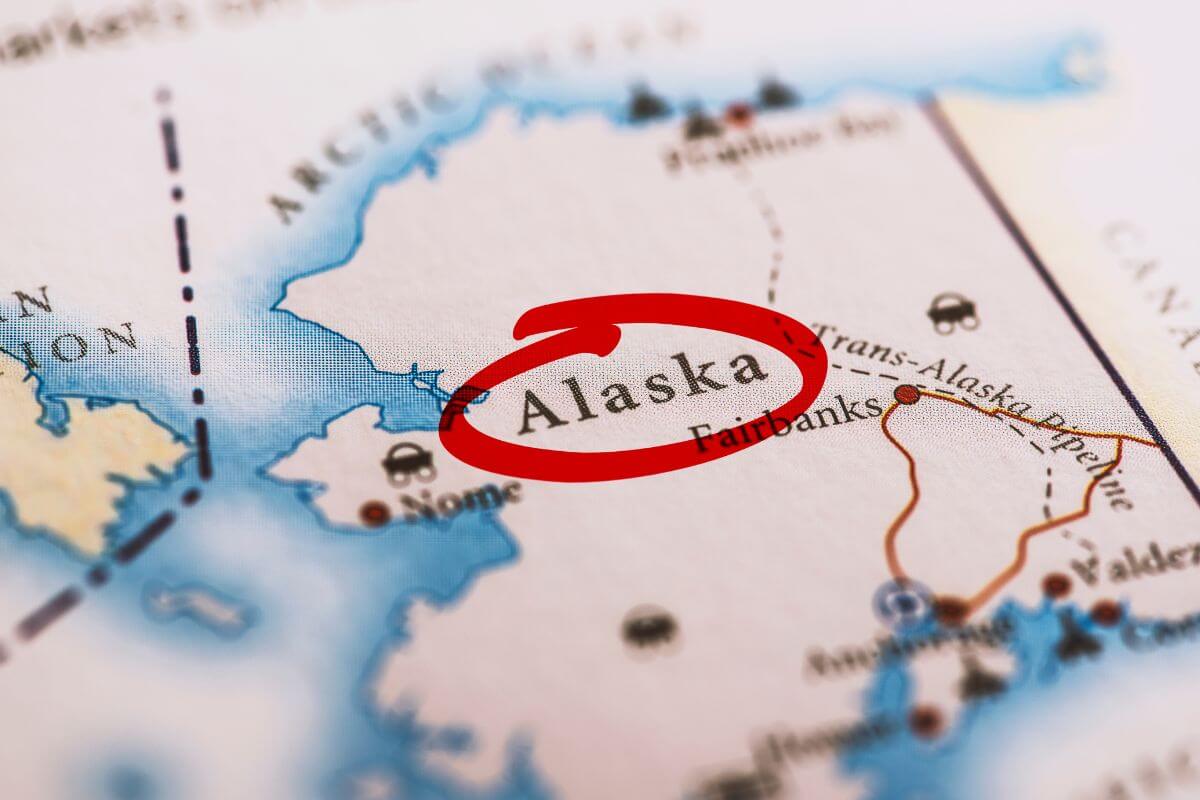
You might be wondering why these particular states are being compared. It’s because they both offer breathtaking landscapes, abundant wildlife, and outdoor adventures that will make your heart skip a beat.
We’ll delve deeper into the nuances and intricacies of each destination to help you determine which one reigns supreme. Let me guide you through the enchanting realms of the two states.
Montana vs Alaska: Size and Population

Montana reigns as the fourth-largest state, while Alaska proudly claims the title of the largest state in the USA.
Known for its unparalleled “Big Sky” scenery, Montana’s vast expanse of land captivates visitors with its massive size. Helena serves as the capital, and Billings is the largest city.
Alaska, aptly named “The Last Frontier,” epitomizes remoteness and ruggedness, offering a glimpse into an untouched world. It is the most sparsely populated state in the country.
Juneau claims the title of the capital city, while Anchorage proudly stands as the largest city.
Now, let’s take a look at Montana and Alaska’s population estimates and total area:
| State | Montana | Alaska |
|---|---|---|
| Population (2022 estimate) | 1,122,867 | 736,556 |
| Land Area (square miles) | 147,040 | 665,384 |
Montana vs Alaska: Lifestyle and Cost of Living

The cost of living index helps us understand how different areas compare in terms of daily living costs, including accommodation, food, transportation, entertainment, and healthcare costs.
Let’s start with some “QuickFacts” details from the United States Census Bureau.
For a cost comparison of housing, Montana has slightly lower prices. This is one of the factors in the cost of living difference.
| State | Montana | Alaska |
|---|---|---|
| Housing Units | 529,152 | 329,285 |
| Median Value of Owner-Occupied Housing Units | $263,700 | $282,800 |
When it comes to education, Montana takes the lead with a slightly higher percentage of individuals holding a Bachelor’s degree or higher.
| State | Montana | Alaska |
|---|---|---|
| Percentage with Bachelor’s Degree or Higher | 33.7% | 30.6% |
Montana also boasts higher total retail sales per capita, indicating a stronger economy compared to Alaska.
| State | Montana | Alaska |
|---|---|---|
| Total Retail Sales per Capita | $16,070 | $14,015 |
In terms of health, both states have similar rates of disability and lack of health insurance.
| State | Montana | Alaska |
|---|---|---|
| Percentage with Disability | 9.3% | 9.0% |
| Percentage without Health Insurance | 10.1% | 12.9% |
Additionally, the labor force participation rates are comparable, with Montana having a slightly lower rate.
| State | Montana | Alaska |
|---|---|---|
| Labor Force Participation Rate | 62.9% | 63.6% |
In transportation, Montana has a shorter mean travel time to work compared to Alaska.
| State | Montana | Alaska |
|---|---|---|
| Mean Travel Time to Work (minutes) | 18.6 | 19.5 |
The difference in the cost of monthly expenses between the two states is $536 having Montana with a lower cost of living index.
Montana Monthly Expenses
- Average Monthly Expenses: $3,991 (Daily cost $133)
- Average Utility Costs: $297
- Average Grocery & Food Costs: $331 per person
- Average Child Care Costs: $775 to $1,075 per child
Alaska Monthly Expenses
- Average Monthly Expenses: $4,527 (Daily cost $150.9)
- Average Utility Costs: $411
- Average Grocery & Food Costs: $343 per person
- Average Child Care Costs: $906 to $1,442 or more per child
It’s no surprise that Alaska has a higher cost of living than Montana. This is supported by higher housing prices, higher median household and per capita incomes, and slightly lower poverty rates.
Montana shows strengths in areas such as higher education levels, higher retail sales per capita, and shorter commute times.
Montana vs Alaska: Weather and Terrain
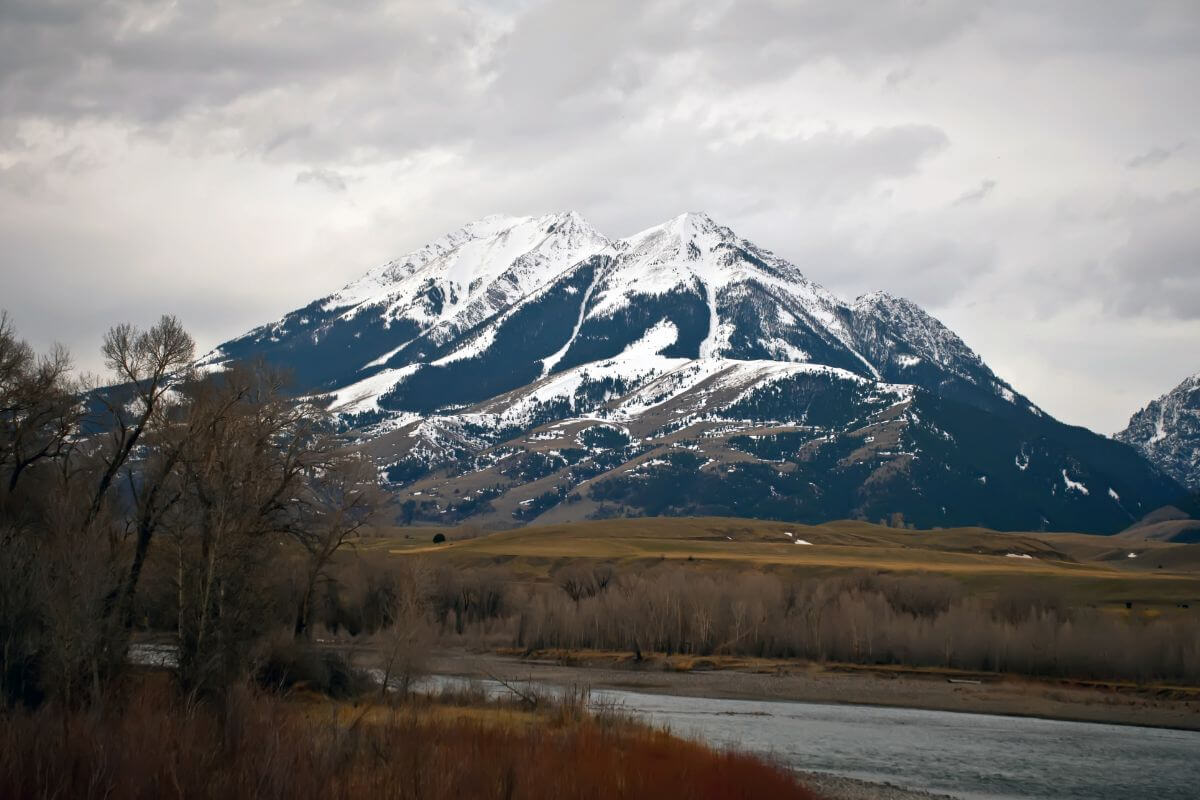
In Montana, you’ll encounter large variations in climate and topography. Majestic mountains dominate the southwest, while the northeast resembles the vast and open Great Plains.
From the towering Rocky Mountains to the serene Great Plains Badlands, Montana’s beauty showcases nature’s grandeur at every turn.
As for the weather, Montana experiences a wide range of temperatures. Cold waves can occur 6 to 12 times during winter, particularly in the northeast, where temperatures can plummet below zero.
In fact, the coldest recorded temperature in Montana was a bone-chilling -70°F! Summers bring hot weather to the eastern parts of the state but these hot spells are less frequent and not overwhelming.
The eastern regions also experience “Chinook” weather, bringing warm and windy periods during winter. Precipitation varies across the state, with the wettest areas located near mountain ranges.
Be prepared for diverse weather conditions, from heavy snowfall in the mountains to occasional hailstorms and tornadoes.
Turning our attention to Alaska, this magnificent state boasts a breathtaking landscape of rugged mountains, vast glaciers, boreal forests, tundra, and a stunning coastline.
When it comes to weather, you’ll experience distinct seasons throughout the year.
Summers, from May to September, bring increasing daylight, starting in the Inside Passage and progressing northward. May is the driest month statewide, even in the lush rainforests of the Inside Passage.
In July, Interior temperatures can reach the delightful range of 70°F, occasionally even surpassing 90°F. However, coastal areas and higher elevations tend to stay below 65°F.
As winter takes hold from October to March, it embraces a snowy wonderland. Coastal areas remain above 20°F, while Southcentral receives ample snowfall for winter activities.
In Alaska, temperatures drop below -30°F, accompanied by the arrival of snow in October. Even the Arctic surprises with its desert-like conditions, with minimal rainfall in places like Utqiagvik, despite the snowy scenery.
Spring and fall, known as the shoulder seasons, bring unpredictable weather. Temperatures can fluctuate, with warm days giving way to chilly nights.
So, when exploring this extraordinary state, be prepared for a range of weather conditions. Pack layers, as you might experience everything from sunshine to rain and even snow during your adventure.
Montana vs Alaska: Natural Resources and Wildlife
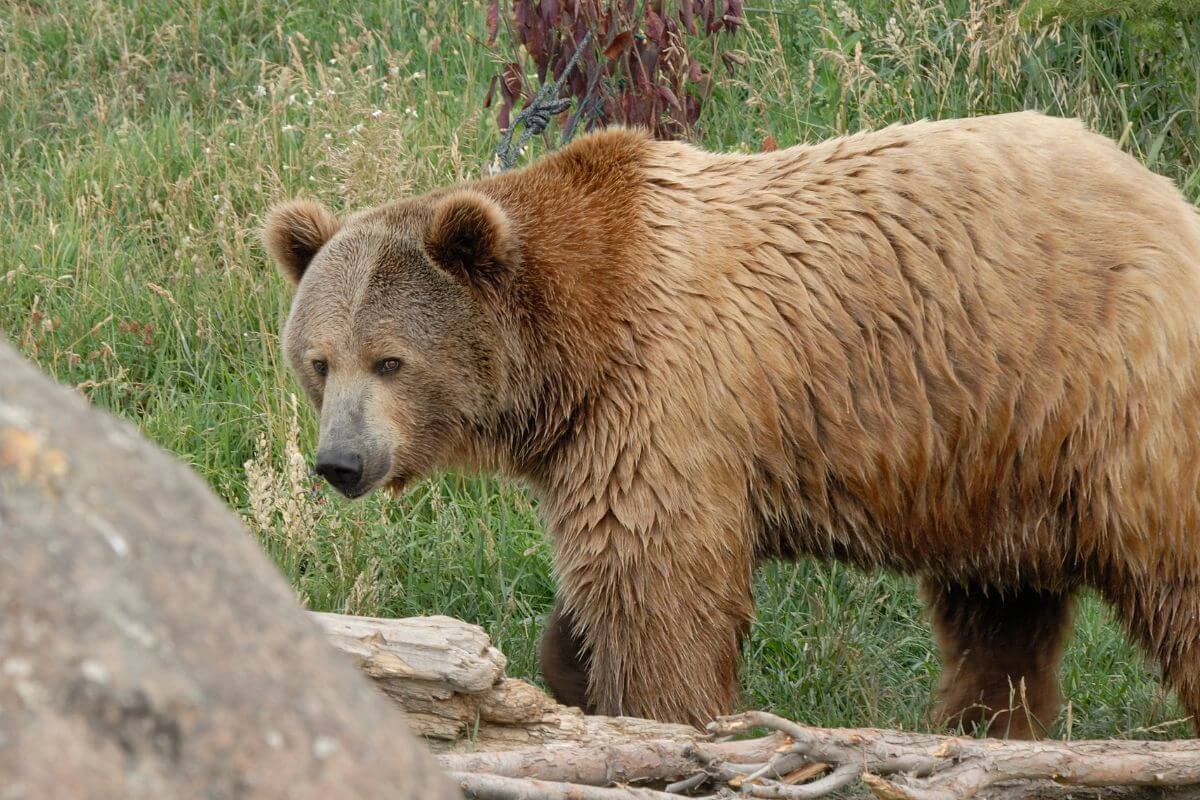
Montana is the sole producer of palladium and platinum in the US, and it leads the way in talc production. Copper, molybdenum, garnets, and silver are also major contributors to Montana’s mining industry.
It also boasts deposits of bentonite, common clays, construction sand and gravel, crushed and dimension stone, gold, lime, and gemstones. It’s a diverse and rich landscape underground.
Montana’s landscapes encompass everything from rugged mountains and pristine lakes to vast prairies. It’s a place where you can witness the majesty of nature in all its grandeur.
Montana’s natural beauty is unmatched. Glacier National Park boasts stunning glaciers and alpine meadows, while Yellowstone National Park amazes with geothermal wonders and towering mountains.
As for wildlife, it is home to an impressive array of creatures. From the majestic grizzly bear to the industrious beaver, and from graceful deer to the nimble ground squirrels, Montana’s animal kingdom is diverse and vibrant.
Magpies, pigeons, pocket gophers, porcupines, prairie dogs, rabbits, raccoons, skunks, snakes, starlings, tree squirrels, voles, woodpeckers, and woodrats also call Montana home.
It’s a haven for nature enthusiasts and animal lovers alike. While on The Last Frontier state, this awe-inspiring state is a haven for natural resources and wildlife.
Alaska leads the nation in zinc production and is a significant player in the gold industry. Gemstones, construction sand and gravel, crushed stone, lead, and silver are all part of its mineral wealth.
In fact, metals contribute to more than 90% of the value of minerals mined in the state. When it comes to natural wonders, it is unparalleled.
From the towering peaks of Denali to the remote wilderness of Gates of the Arctic, from the icy waters of Glacier Bay to the majestic fjords of Kenai, its landscapes will leave you speechless.
With a total of eight national parks, including Katmai, Kobuk Valley, Lake Clark, and Wrangell-St. Elias, Alaska truly is a nature-lovers paradise.
And let’s not forget the wildlife that calls it home. From bears, Dall’s sheep, and muskoxen to migrating birds, caribou, and wolves, its wildlife is as diverse as it is awe-inspiring.
Voles, shrews, arctic ground squirrels, hoary marmots, collared pika, and snowshoe hares are just a few of the unique creatures you may encounter.
Montana vs Alaska: Vacation and Tours
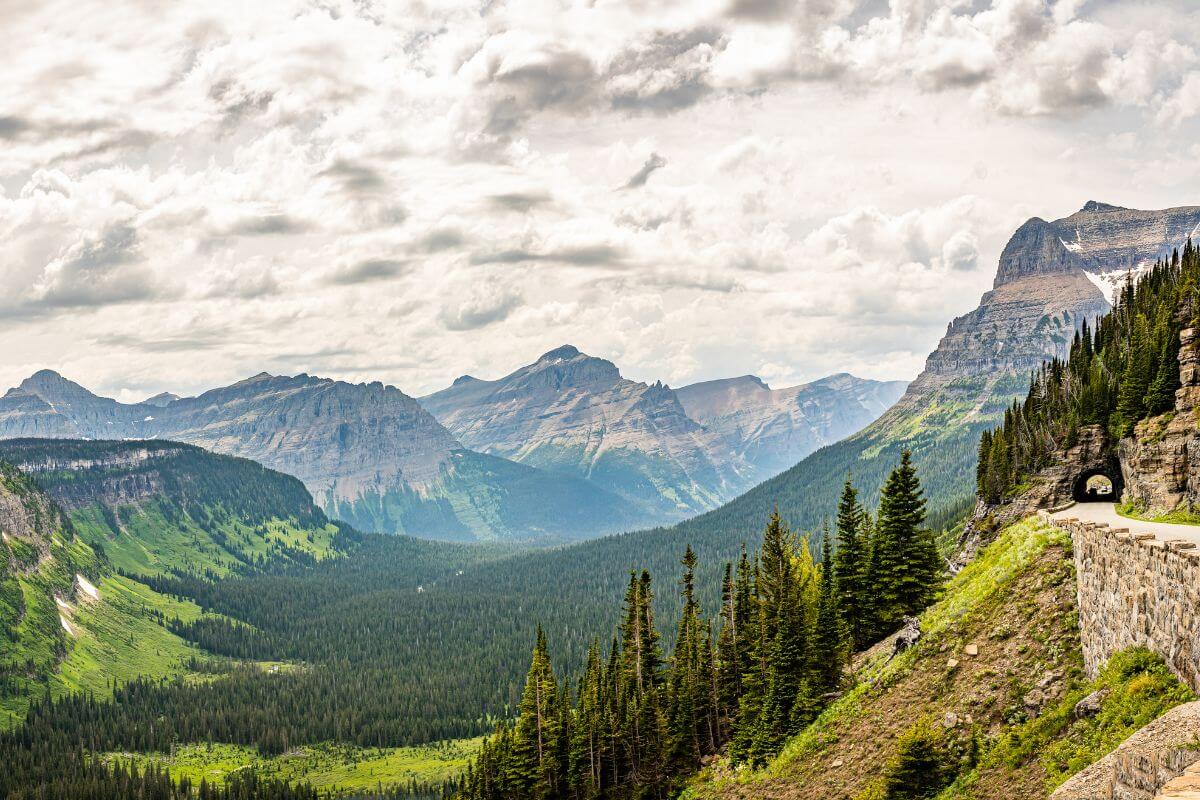
You can explore the stunning Glacier National Park in Montana, known for its breathtaking glaciers and alpine meadows. Take a tour of the park and witness the beauty of nature unfold before your eyes.
And let’s not forget about Yellowstone National Park, with its geothermal wonders and towering mountains. These parks are a must-see for outdoor enthusiasts and nature lovers.
If you’re in The Last Frontier, don’t miss the chance to embark on the Denali Park Zipline Adventure. Soar through the treetops and witness the stunning landscapes through the Denali National Park Walking tour.
The journey will leave you exhilarated and in awe of the natural wonders that the state has to offer. When it comes to food prices, both states offer a variety of delicious dishes and delicacies.
In Montana, you can indulge in mouthwatering treats like biscuits, apple butter, ramps, and even Italian food. Examples of food in Alaska are reindeer dogs, ‘smoked salmon anything’, black cod, and chocolate bread.
These local flavors will give you a taste of the unique culinary delights of each state. To make the most of your vacation, it’s important to consider the costs involved.
Here is a table summarizing the travel costs for a 7-day trip to Montana and Alaska:
| Montana | Alaska | |
| Travel Cost (Solo) | $1,195 | $1,505 |
| Travel Cost (Couples) | $1,750 | $2,390 |
| Travel Cost (Family of Four) | $2,373 | $3,202 |
Here is a table summarizing expenses for accommodations, flights, and daily expenses for traveling to Montana and Alaska:
| Montana | Alaska | |
| Accommodations | $66 – $303 per night (hotels) | $62 – $293 per night (hotels) |
| $220 – $630 per night (vacation rentals) | $180 – $530 per night (vacation rentals) | |
| Flights | $562 – $864 per person (economy class) | $838 – $1,273 per person (economy class) |
| $1,765 – $2,713 per person (first class) | $2,631 – $3,997 per person (first class) | |
| Daily Expenses (Transportation and dining at local restaurants) | $49 – $103 per person | $50 – $101 per person |
Montana vs Alaska Final Thoughts
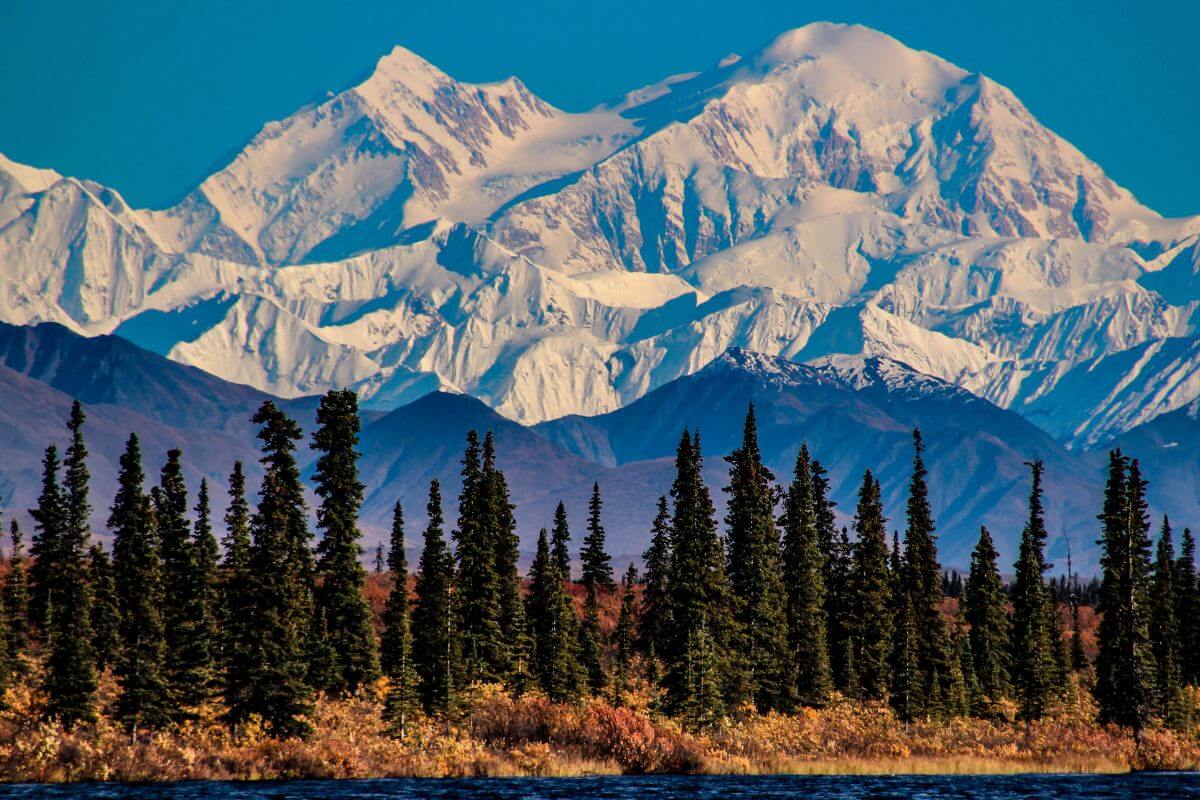
The comparison between the two states reveals both similarities and differences that can greatly influence personal preferences.
On one hand, both states boast stunning landscapes and abundant wildlife, providing ample opportunities for outdoor adventures.
Montana’s rugged mountains, pristine lakes, and vast prairies offer a diverse and picturesque backdrop, while the latter’s grandeur with its towering peaks, remote wilderness, and majestic fjords is inspiring.
However, when it comes to size, Alaska takes the crown as it is nearly three times larger than Montana. With its vast wilderness and untouched beauty, it offers a truly unique and unparalleled experience.
On the other hand, Montana’s more accessible and flatter prairie regions make it an appealing destination for those seeking a balance between adventure and comfort.
Based on factors like housing, transportation, and daily expenses, which are important considerations for travelers, the cost of living in Montana is generally lower.
While The Last Frontier state may offer unforgettable experiences, the higher cost of living should be considered when planning a trip to the state.
Ultimately, the final winner in Montana vs Alaska debate boils down to personal preferences. Both states offer incredible natural beauty, wildlife encounters, and unique experiences.
Whether it’s the size, population, cost of living, or the specific landscape and lifestyle that resonate with you, the choice between the two states is a deeply personal one.
So, embrace your individuality and embark on the adventure that best suits your desires and budget.
Montana vs Alaska FAQs
1. What Is the Size Difference Between Montana and Alaska?
Montana’s total area is 147,040 square miles, and it ranks as the fourth-largest state while Alaska’s total area is 665,384 square miles, it is by far the biggest state in the USA.
The latter is bigger than Montana by 518, 344 square miles. It is around 4.52 times bigger than Montana.
2. Does Montana Have a Smaller Population Than Alaska?
Alaska has a smaller population than Montana. According to the United States Census Bureau data from July 2022, Montana’s population stands at 1,122,867 people, while Alaska’s population is 736,556 people.
It is the least densely populated state.
3. How Does Alaska Stand Out From Other States?
It stands out from other states due to its distinction as “the land of volcanoes,” with over 130 volcanoes, 90 of which are active, and a recent eruption within the last 10,000 years.
Additionally, unlike other states, its unique governance structure includes cities, boroughs, and unincorporated villages, setting it apart in terms of administrative divisions.
4. Which Option Is More Affordable: Flying to Alaska or Montana?
Flying to Montana is generally more affordable compared to flying to Alaska due to factors such as geographic isolation and limited competition.
Its remoteness and longer flight distances often result in higher airfares, especially during the peak tourism season.
To determine the most affordable option, it is advisable to compare flight prices using online travel websites or contacting airlines directly.
5. Which Is the Preferable Option: An LLC in Alaska or Montana?
When it comes to forming an LLC, it is generally recommended to file in your home state unless you have valid reasons to choose otherwise.
Both states offer similar limited liability protections, so personal preference and specific business needs should be considered.
Factors like franchise status and potential tax advantages may influence your decision so it’s crucial to weigh the pros and cons of each state’s filing options, pricing options, and tax rates before making a choice.
If you’re interested in diving deeper into Montana, stay involved with these articles:
- https://www.census.gov/quickfacts/A
- https://www.census.gov/quickfacts/MT
- https://live.laborstats.alaska.gov/pop/index.html//alaska.gov/kids/student.htm#
- https://www.usgs.gov/centers/national-minerals-information-center/mineral-industry-alaska
- https://www.nps.gov/subjects/aknatureandscience/akwildlife.htm
- https://memory.loc.gov/diglib/legacies/loc.afc.afc-legacies.200002657/

